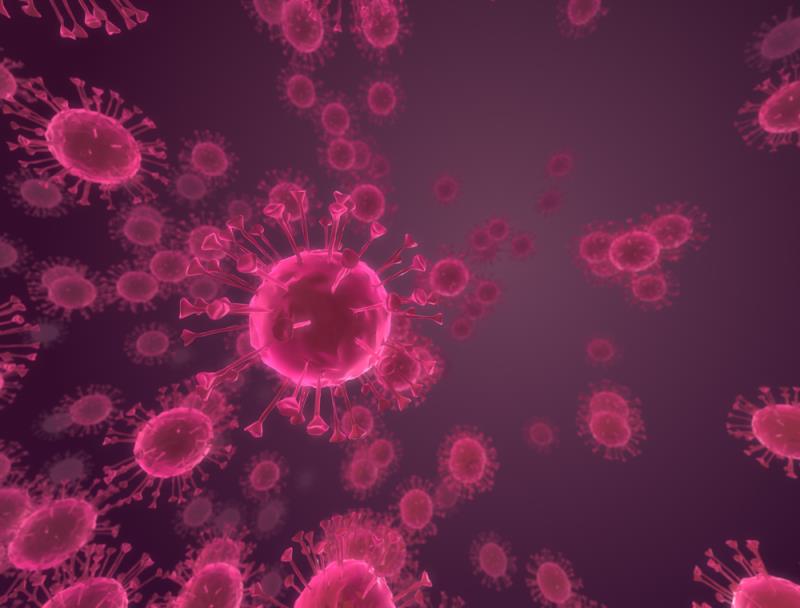
SARS-CoV-2 appears to be detectable in saliva samples, which may open up options in terms of rapid testing, according to a new study.
“Saliva is a reliable biological fluid that could be a candidate for a diagnostic rapid test, because it can be easily performed also by no-healthcare professionals in a screening programme,” the researchers said. “Therefore, it is fundamental that the salivary load in asymptomatic carriers be analysed to establish a sensitivity threshold for a future test.”
Twenty-five patients (mean age, 61.5±11.2 years; 17 males) with severe or very severe coronavirus disease 2019 (COVID-19) were enrolled. Most of them also had cardiovascular or dysmetabolic disorders, including hypertension, obesity and dyslipidaemia. Around 20 percent had previous conditions of the lungs, upper airways or mediastinum. [J Infect 2020;doi:10.1016/j.jinf.2020.04.005]
Salivary samples from all 25 participants tested positive for SARS-CoV-2 on real-time reverse transcription-polymerase chain (rRT-PCR) reaction. Cycle threshold (Ct) values ranged from 18.12–32.23, with an average of 27.16±3.07. None of the samples had a Ct value exceeding 33.
Repeat swabs were collected from eight patients and all returned similar results, with no meaningful deviations in Ct values.
Ct values were not significantly influenced by the patient’s age (p=0.34), sex (p=0.31) or by the time elapsed since the onset of symptoms (p=0.25).
On the other hand, the researchers found that lactate dehydrogenase levels were significantly but inversely correlated with Ct (β, –0.02±0.008; p=0.04), suggesting that the viral load in the saliva samples was linked to the tissue damage as assessed by the biomarkers. In contrast, concentrations of the ultrasensitive reactive C protein were positively correlated, but only slightly significant (β, 0.01±0.005; p=0.07).
“In our research, we collected salivary samples from 25 patients affected by severe COVID-19 admitted at our hospital. Saliva was collected through the drooling technique or with a pipette, depending on the patient’s clinical condition; thus, sputum and oropharyngeal secretions were excluded from the collection,” the researchers said. Findings were generally harmonious with the diagnoses.
“These results reinforce the hypothesis that saliva is a reliable tool to be used in qualitative COVID-19 diagnosis through the rRT-PCR procedure,” they added.
Of note, two patients had discordant results, where salivary samples continued to test positive on the days that pharyngeal or bronchoalveolar swabs returned negative. One patient had this discrepancy confirmed 2 days after, while the other had two consecutive saliva samples that tested positive at the same time that three consecutive respiratory swabs were testing negative.
This raises “the concern about how to manage recovering patients at the moment of hospital discharge, because some of them could be contagious through their saliva even after two consecutive pharyngeal swabs that converted to negative, a serious danger for their own family and a troublesome issue for the social community,” the researchers said.
Future studies should also strive to understand why the virus is present in the oral cavity, they added. “It may appear in the mouth because it migrates from the nasopharynx or the lower respiratory tract to the oral cavity, but it can’t be excluded that a role may be played by the secretory activity of the salivary glands.”